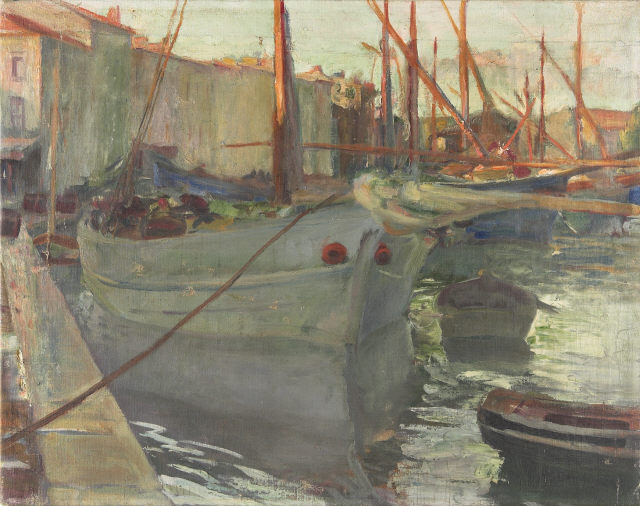
Virtual Museum of Traditional Fisheries
Co-building of a Virtual Museum of Traditional Fisheries to enhance the natural, historical and cultural heritage of the fishing communities.
Background
Access to digital technologies will enable the dissemination, appreciation and preservation of the historical, cultural and natural heritage of fishing communities through the co-construction of a Virtual Museum. This construction is produced in a school context and its function is the disclosure and dissemination of a heritage related to the Traditional Fishing Arts previously identified by the students and representative of the identity culture of this community, culturally undervalued. The construction of the Museum starts from the community itself, in this case the student community.
The Museum also has the function of contextualising and illustrating formal knowledge. Reinforcing inclusive education, the co-construction of the Virtual Museum, based on the contents of the History discipline and on the economic activities to which their families are related, to the social, geographical and professional context of the region, becomes the mediating element between knowledge formal and informal education of students from the Costa da Caparica fishing community, promoting the sustainability of these communities through participation in the different spheres of society.
Technology overview
The design of the Virtual Museum prototype is not built from previously existing museum collections or based on collection objects. It starts from the conception and identification of informal knowledge that the students of the fishing community contribute, from the relationship that is established between these and the formal knowledge outlined in the History discipline, and in the expectations that these students have in relation to the heritage of their community.
Investigating and proposing solutions for the exploration of the real, conceptual orientation of a museum, and a more user-centred use, which implies the visitor as user, is a plus. The facility that students have in photographing, filming, recording, inserting documentation, is materialized in the choice of the Moodle platform for the diversity that it presents, in school and learning contexts, because it makes possible to operate where it is necessary to use other digital tools, without requiring knowledge in the area of specialized technology.
The Museum becomes, therefore, a space of innovation and creativity. The Museum is also a space of access in its own right.
Further details
Stage of Development
TRL 1 – basic principles observed.
Benefits
Access to information related to fishing communities in the legislative, environmental, historical and heritage fields. Being a museum built in a school context, it enables connections with other schools and institutions related to the sea, fishing and environmental activities. It becomes an educational centre.
Opportunity
Seeking investment.
Keywords
Virtual Museum; Fishing communities; Historical and natural heritage.
Intellectual Property
- Know-how based.
NOVA Inventors
Marta Torres


